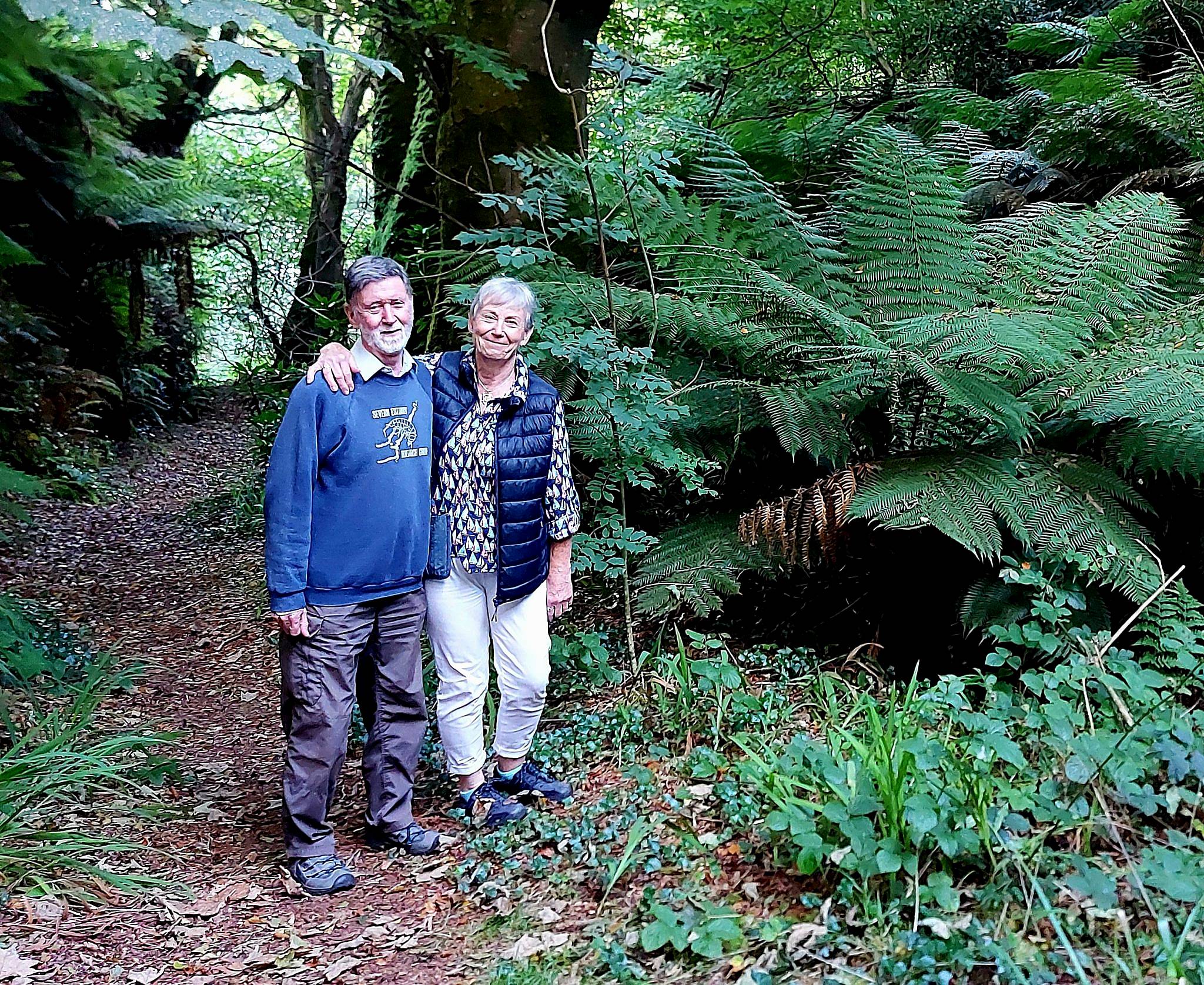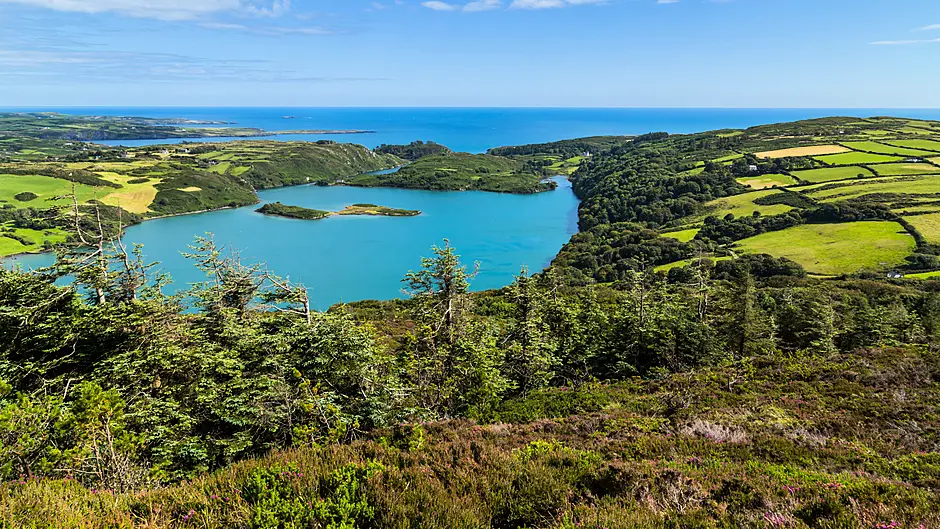Research over 30 years shows that sponges, star fish and top shells are disappearing
EXCLUSIVE BY EIMEAR O'DWYER
AGRICULTURAL practices are the most likely cause of an increase in nitrates in Lough Hyne, leading to algal bloom, which is proving detrimental to its marine life.
Scientists who have been studying the lake for over 30 years believe the run-off is being washed into the lake from around the south coast.
The saltwater lake outside Skibbereen is a nature reserve which marine scientists have been monitoring for decades.
Last week researchers Colin Little and his wife Penny Stirling, who have been studying the West Cork lake for more than 30 years, said that one of the major changes they have seen in Lough Hyne is a build-up of nitrogen and other nutrients in the water.
‘We have seen an awful increase in anoxia (lack of oxygen) under the rocks,’ said Penny. ‘This oxygen deprivation can prove fatal to some marine life.’
Colin and Penny said there used to be more sponges, sea mats, spiny and brittle star fish and top shells – but now they hardly see any at all. ‘There is a lot of healthy sea life, but it’s usually on top of the rocks not underneath them. So a lot of the bottoms of the rocks are anoxic. Quite often they’re not there at all because it’s all black and smelling of hydrogen sulphite – like rotten eggs.’
 Colin and Penny have been researching the lake for over 30 years.
Colin and Penny have been researching the lake for over 30 years.
Colin, who first visited Lough Hyne in 1979, but started his research some years later, said the anoxia appears to be caused by agricultural run-off, though not necessarily in the direct environs of the lake. ‘It’s due to more nutrients in the lough, and it seems like nitrogen. That’s the kind of thing you get in fertilisers, so most likely from agricultural run-off somewhere,’ he said.
Such agricultural run-off is all around the coast, and has made its way into the popular lake, Penny believes. These nutrients lead to the algal bloom.
‘The amount of nutrients has gone up, so some of these fine filamentous seaweeds have really boomed in the last 10 or 20 years,’ said Colin.
‘In Lough Hyne the seawater coming in from the outside actually has increased nitrates in it – it’s not to do with local pollution in the lough I think – it’s coming in from the whole of the seawater in the south coast,’ he added.
An IFA spokesman refuted the theory agriculture is responsible, pointing out farmers have slashed use of fertiliser 30% in the last two years alone. ‘I don’t think you can specifically blame agriculture for algae bloom on the lough,’ said IFA Cork West spokesman Donal O’Donovan. ‘Eutrophication could be coming from many other sources.
‘More than any other industry, we are conscious of our responsibilities to the environment and meeting our environmental targets.’
 Scientist Colin Little at work on the shores of the lake.
Scientist Colin Little at work on the shores of the lake.
Colin Little said fine seaweed, or algal mass built up around the shallows of the lake tends to clog up everything around it. ‘When it dies it takes up all the oxygen. So we’ve found quite a lot of the intertidal, or shallow water stuff – that’s actually without oxygen now,’ said Colin. Such oxygen depletion can cause sealife to die. ‘The number of people swimming has increased vastly. It probably does help the nutrients, but I doubt that it has a significant effect on the overall lough,’ he added.
The north shore at the main pier has been reduced to almost nothing living there now, Penny said. But that is due to physical trampling, rather than nitrogen, she added.
Colin and Penny, now in their 80s, have been coming to the lake voluntarily each year to carry out this fundamental research, but are now retiring.
They have built up data sets that monitor changes in the lake and can be used to compare data from previous research, dating to the 1950s.
Lough Hyne is said to be the most studied piece of water in the world, having attracted researchers for centuries.It was designated Ireland’s first Marine Nature Reserve in 1981.
This week it was reported Ireland’s largest lake, Lough Neagh, is suffering from algae bloom caused by nutrients, mainly from agriculture.










